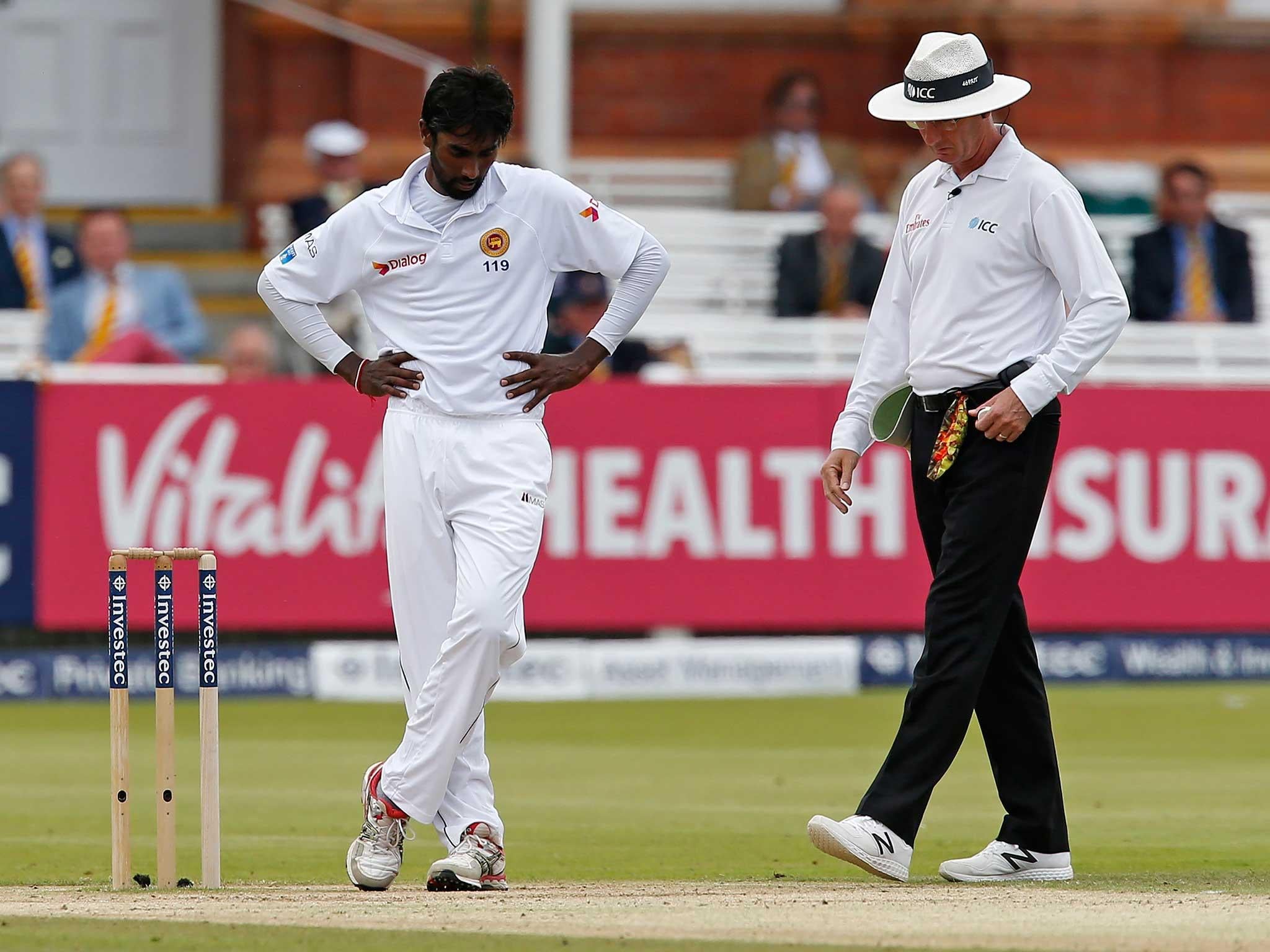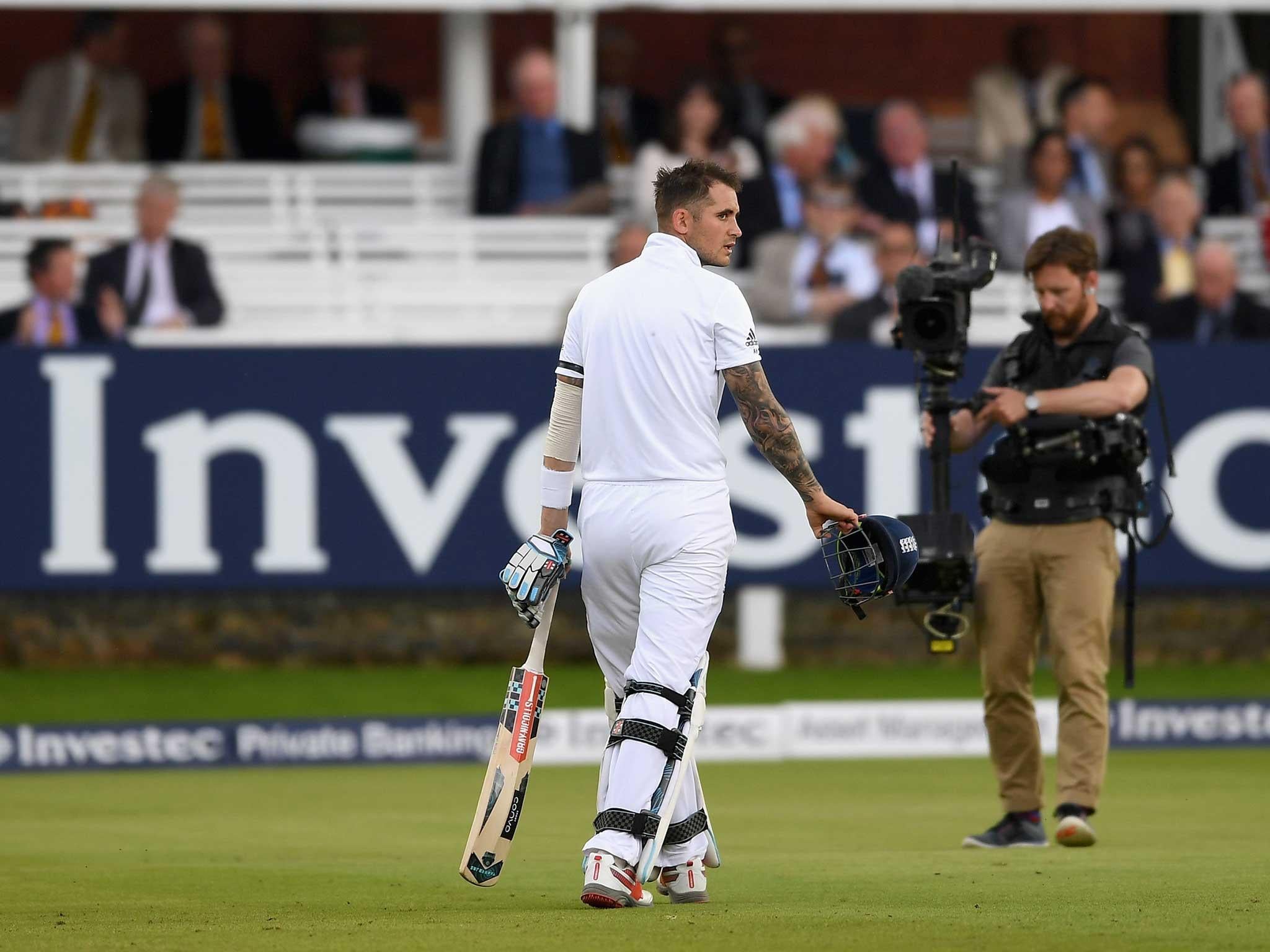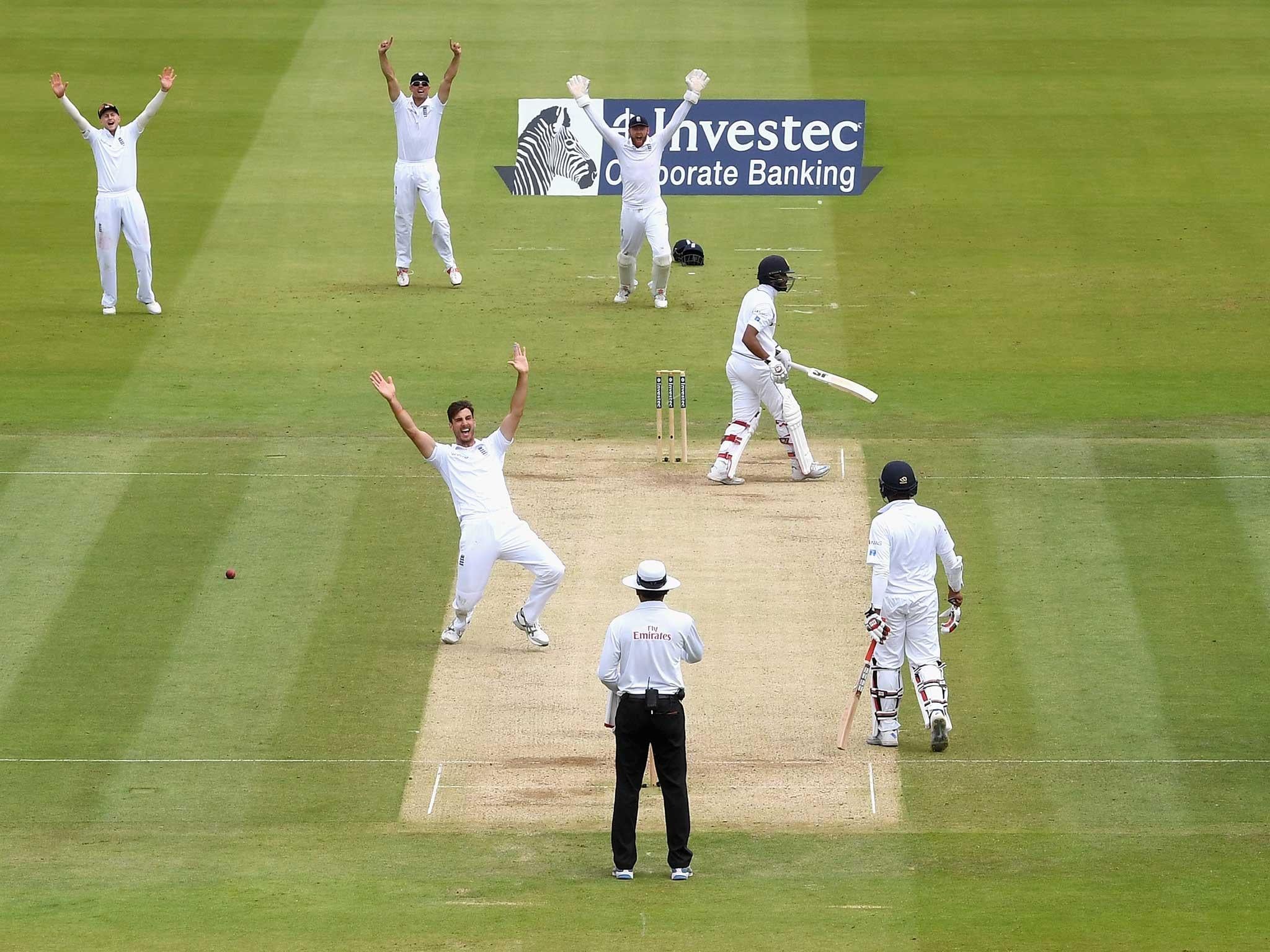England vs Sri Lanka: Alex Hales escape provides reminder that cricket is chock full of arcana and contradiction
Hales was on 58 at the time and eventually went on to make 94

Your support helps us to tell the story
From reproductive rights to climate change to Big Tech, The Independent is on the ground when the story is developing. Whether it's investigating the financials of Elon Musk's pro-Trump PAC or producing our latest documentary, 'The A Word', which shines a light on the American women fighting for reproductive rights, we know how important it is to parse out the facts from the messaging.
At such a critical moment in US history, we need reporters on the ground. Your donation allows us to keep sending journalists to speak to both sides of the story.
The Independent is trusted by Americans across the entire political spectrum. And unlike many other quality news outlets, we choose not to lock Americans out of our reporting and analysis with paywalls. We believe quality journalism should be available to everyone, paid for by those who can afford it.
Your support makes all the difference.There is nothing as frustrating for a bowler as taking a Test wicket off a no-ball except taking one of a no-ball that isn’t. That really gets the hackles bristling.
Nuwan Pradeep has bowled well in this series without due reward so when he scuttled Alex Hales, bowling him with one that kept low from the Pavilion End, he probably felt he deserved that little bit of luck.
Except that it was Hales who received the good fortune, the wicket being ruled out following a call of no-ball by umpire Rod Tucker, after he had adjudged that Pradeep had over-stepped with his front foot.
Replays had it different with a goodly portion of Pradeep’s heel being behind the back edge of the front line when he planted his foot. That it then slipped forward a tad is irrelevant, something Tucker should have known.
But umpire’s can make errors, especially when their perspective of judging the front line is from about eight feet back. So it is the law, or in this case the protocols of the review system, that is an ass rather than the official.
Under the current system, umpires can check for no-balls when batsmen are dismissed, just to see whether the ball was legal or not. But if they have already decided it was a no-ball, and called it on the field, any reprieve for the batsman stands even if replays show the ball to have been legitimate.
If that seems barmy, remember this is cricket, a game chock full of arcana and contradiction. The reasoning behind this quirk, if you can call it that is that a batsman might change his shot if he hears the no-ball call in time.
Indeed, the debate was widely dissected when Adam Voges was reprieved in similar circumstances against New Zealand recently (he was on seven when Doug Bracewell bowled him off a no-ball that wasn't and finished with a double hundred).

Voges did not appear to alter his shot, and neither did Hales, but while the possibility that they might have done so exists, the powers that be have been reluctant to uphold their dismissals should the ball that got them be found legal in retrospect.
I played cricket for 15 years and have covered it for 20 and the number of batsmen who have been able to react to the no-ball call, and adjust their shot to take advantage of it, can be counted on the fingers of one hand - even when a spinner is bowling.
They would have had a fraction more time to swing hard when the back foot no-ball law was in place, but when that was replaced by the current law in 1962, the only advantage to batsmen was the extra ball in the over, and that wasn’t always seen as a bonus when the West Indies pacemen or Richard Hadlee was bowling.
If umpire’s have recourse to check for no-balls they might have missed, surely the opposite should hold true as well - that those called on the field can also be checked for veracity. Indeed, I’m told there will be a change to protocol very soon, meaning that Hales and Voges would have made far fewer in the two innings scrutinised here.
Hales was on 58 at the time and eventually went on to make 94, his quest for that elusive first Test hundred ended when Angelo Mathews had him lbw. He looked disappointed, naturally, though he only got close because of an avoidable error.

Earlier in the piece, Steven Finn was lbw to Shaminda Eranga. That ball was checked and looked a 50-50 call on whether or not it was a no-ball. Indeed a strong magnifying glass would have been needed to call it either way.
The pursuit of truth and accuracy in professional sport are demanding smaller and smaller margins to be considered. Indeed, The International Cricket Council are about to refine the Hawkeye system on lbws so that only a quarter of the ball needs to be striking the stumps for batsmen to be given out (currently it is half a ball).
If newer and better technology has reduced the error in the predictive path of Hawkeye (some sources reckon it could once have been out by as much as an inch and a half) and given bowlers an increased likelihood of winning lbws, it also needs to be refined to judge no-balls as well. Either that or go back to the back-foot law, the most logical solution as well as the easiest to police.
Join our commenting forum
Join thought-provoking conversations, follow other Independent readers and see their replies
Comments